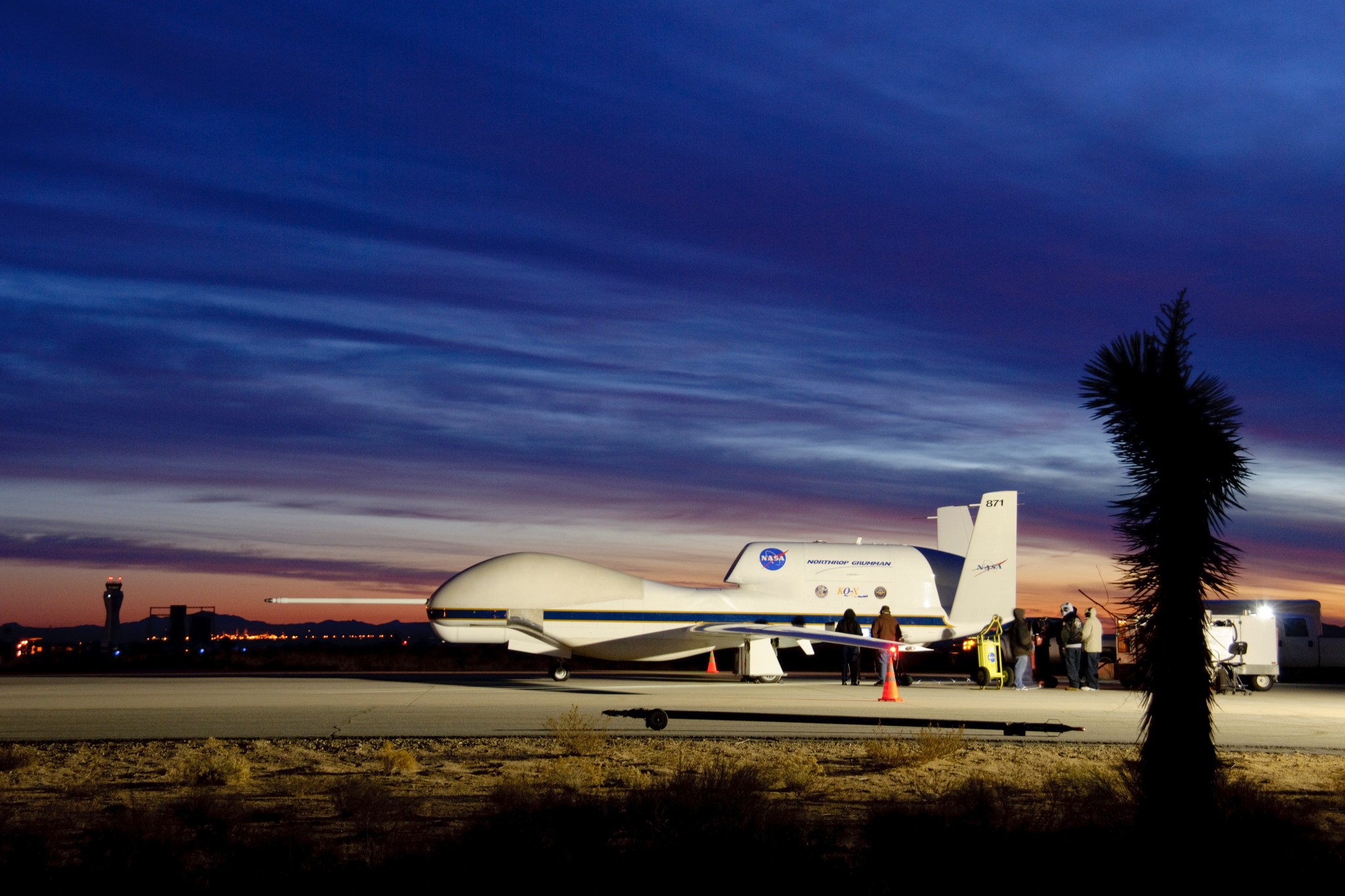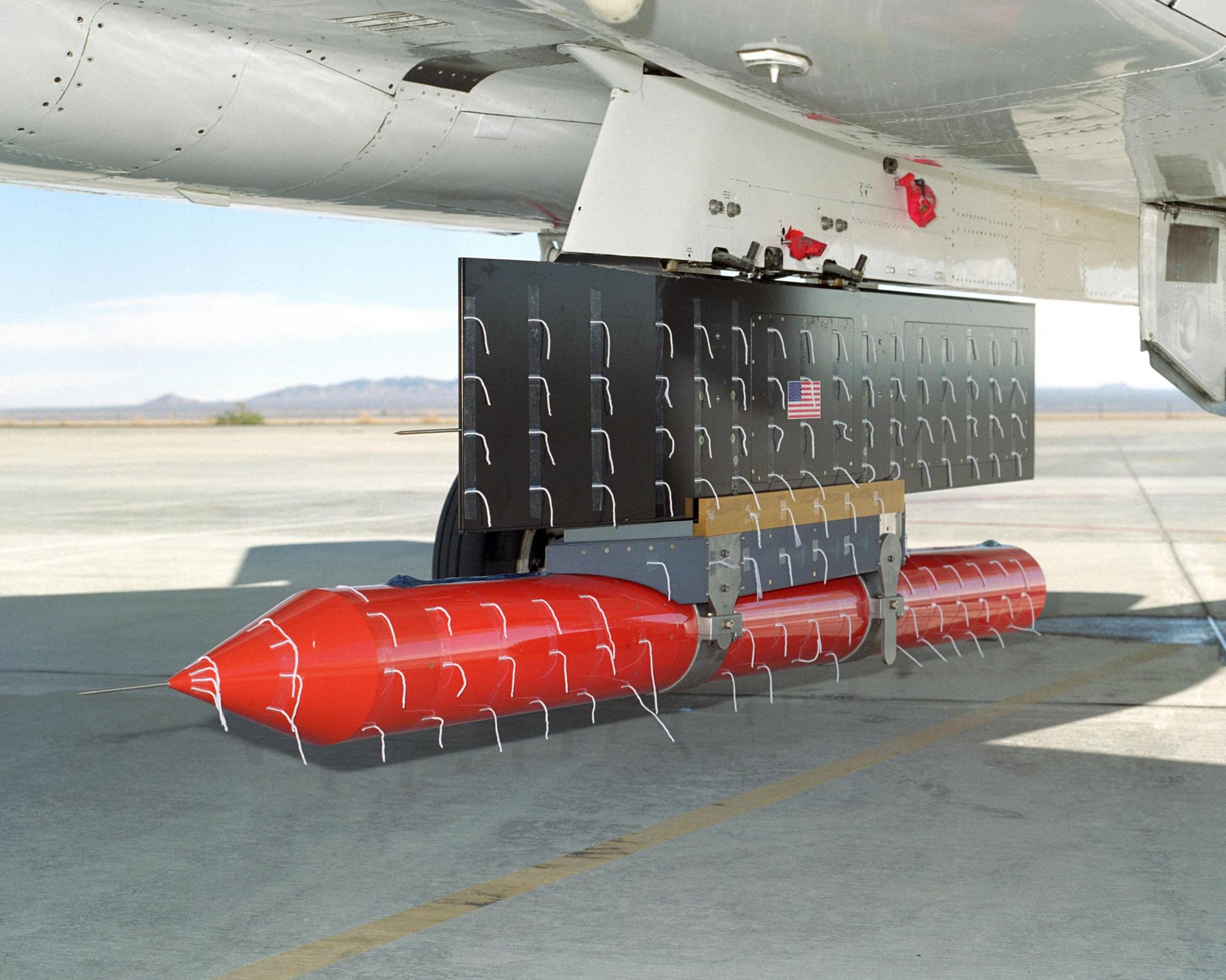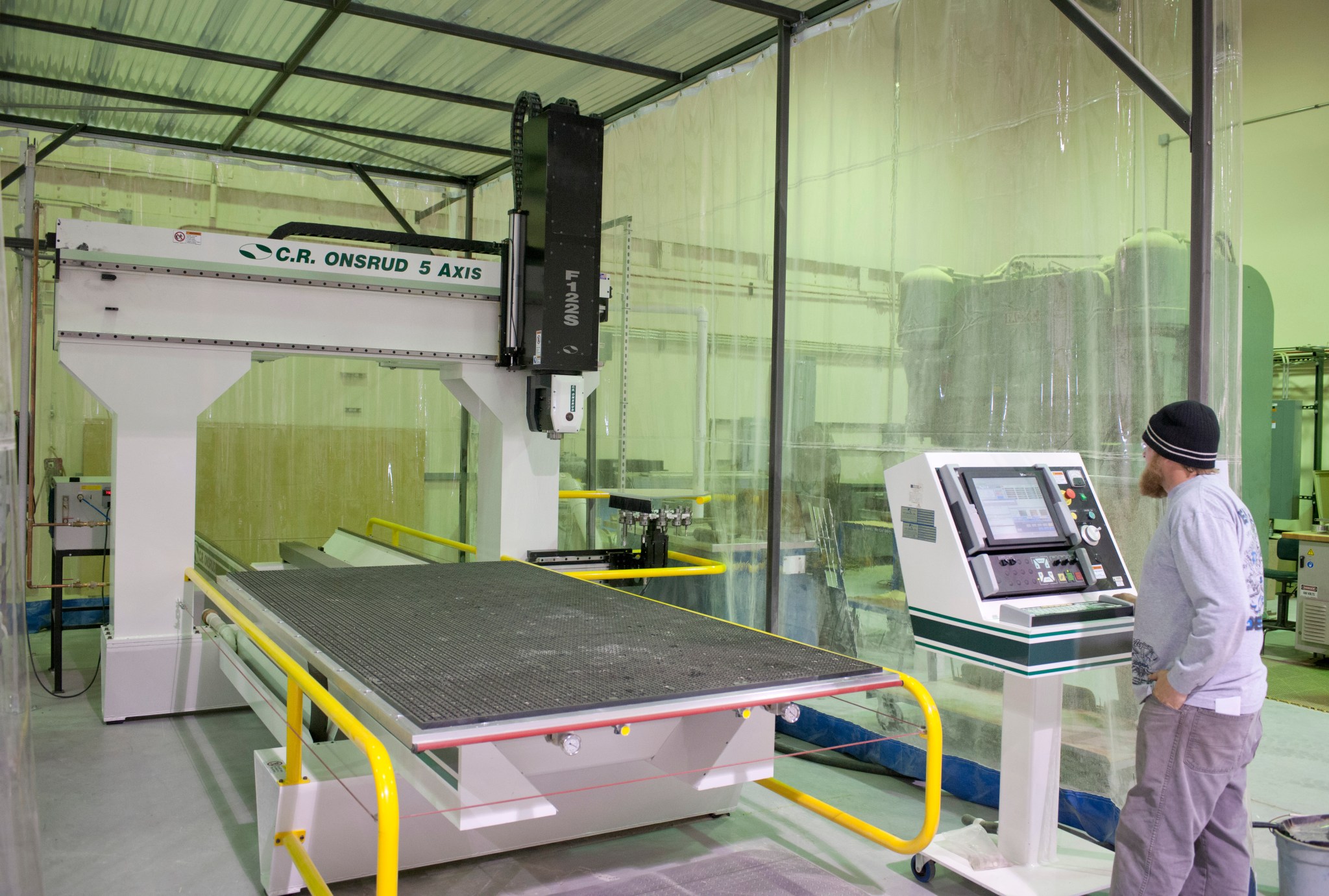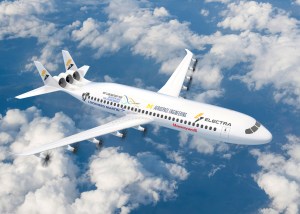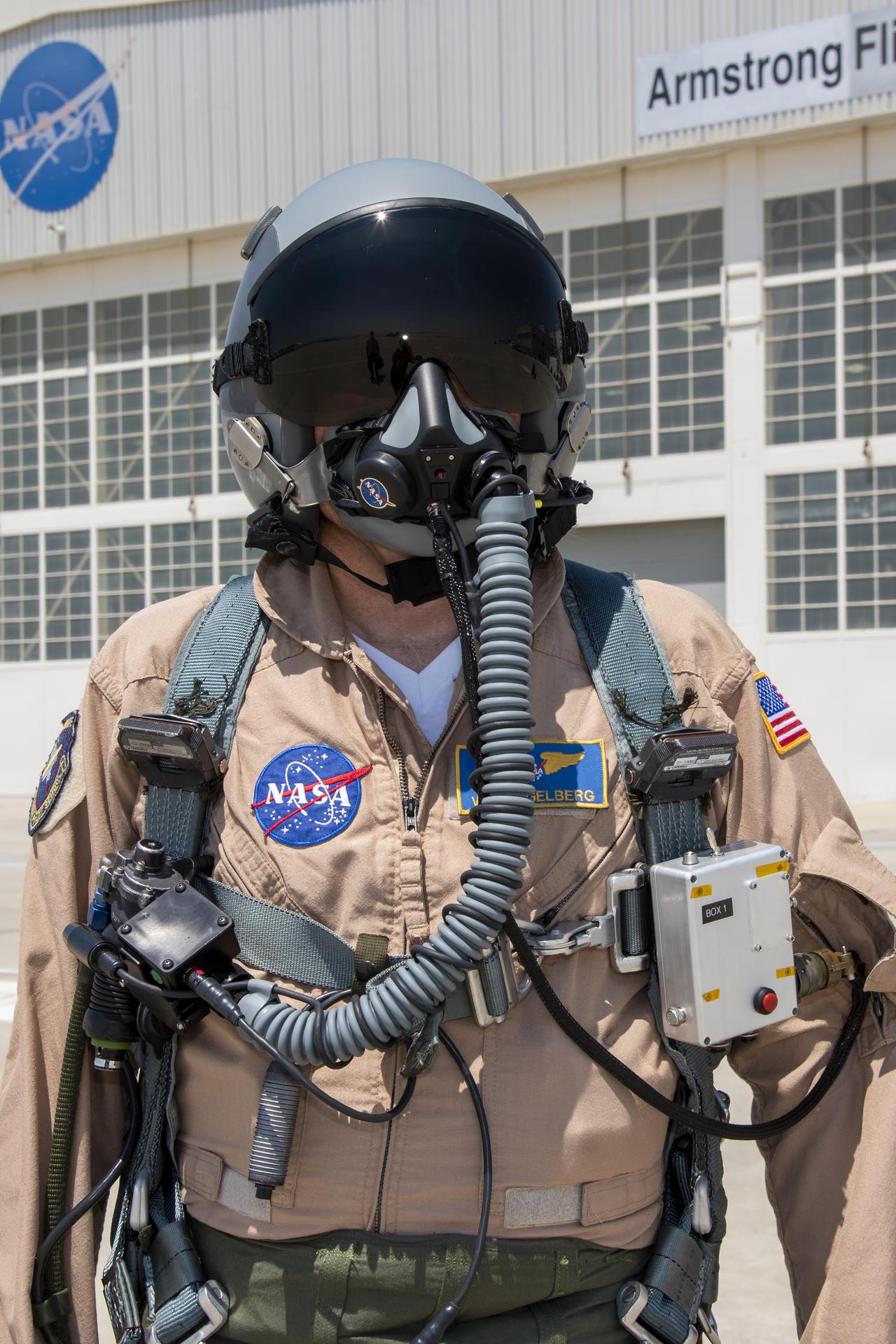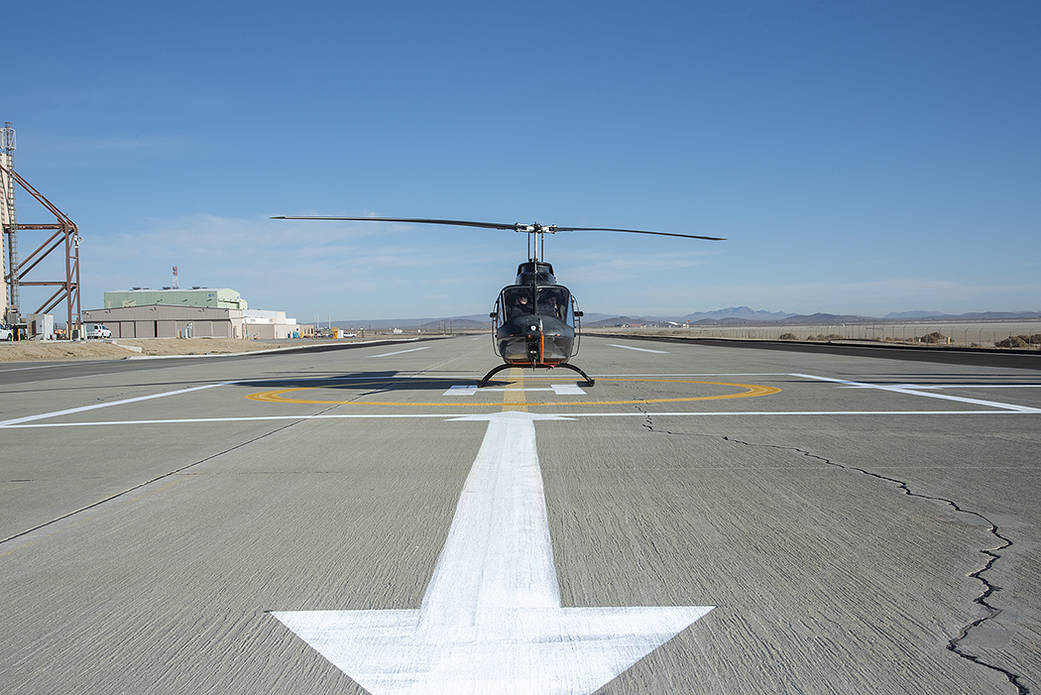The Maintenance Division at NASA’s Armstrong Flight Research Center in Edwards, California, is one of five specialized disciplines that keep the center’s crew and aircraft functioning safely and efficiently. This division includes flight line safety, maintenance operations, aircraft parts, and technical data in addition to four branches.
Aircraft Maintenance
NASA Aircraft Management Information System, or NAMIS, Maintenance provides the flight line and back shops maintenance execution and planning and management capabilities to maintain, operate, and support aircraft in a safe, compliant, and operational ready state to support mission requirements. NAMIS Maintenance integrates multiple management activities providing a consolidated, centralized asset management tool. All aspects of maintenance are captured in near-real-time, allowing for an accurate snapshot of either a specific asset or an entire aircraft fleet at any given time.
Aircraft maintenance consists of three levels (Operational, Intermediate, and Depot) and two types:
- Operational level (O-level) maintenance is generally performed by flight-line personnel and is usually focused on scheduled inspections/servicing and rapid repair of aircraft discrepancies noted during or between aircraft flights (i.e., unscheduled maintenance).
- Intermediate level (I-level) maintenance involves more extensive maintenance work, such as major inspections and component repair and overhaul.
- Depot-level maintenance involves extensive modification or overhaul to major aircraft components.
The maintenance module manages, plans, tracks, executes, and reports on work being planned, performed, and completed. It also provides the capability for authorized users to assign tasks to specific shops/mechanics and track the work as it is being performed. Mechanics use the system to view specific work instructions to complete assigned tasks and to document work accomplished, including the capability to input labor times, resources (e.g., support equipment), test equipment, and spares used to complete the job assignment. The module also defines the quality inspection criteria for each maintenance task and is fully integrated with the parts inventory, stocking, and distribution functions of NAMIS Logistics. In addition, the maintenance planning capability provides for the optimization and rationalization of maintenance actions to reduce aircraft downtime. The documented inputs provide quality assurance personnel and maintenance managers information required to report the aircraft status, airworthiness, and mission capability. The NAMIS integrated database allows for future analysis of the records and data.
- Provides online context-sensitive Help system.
- Provides consolidated, centralized maintenance control.
- Provides life cycle asset management and traceability.
- Brings the entire maintenance program for aircraft, engines and major components into a single integrated system.
- Identifies the source of all inspections, whether OEM maintenance schedule, airworthiness directive, service bulletin, technical directive, engineering work order or other maintenance directives.
- Distinguishes between Public and Certificated aircraft for maintenance personnel-required qualifications.
- Shows aircraft airworthiness status as well as mission capability status.
- Shows all components installed on an aircraft by parent-child relationship.
- Users can identify a Mandatory Components List of components by Type Equipment Code (TEC) (Work Unit Code [WUC]/Air Transport Association [ATA] Code for which NAMIS validates “Install” records to report on missing mandatory components).
- Integrates with the Logistics module and FSA.
- Provides automatic e-mail notification based on event.
- Allows maintenance to create new asset from issue or remove action.
- Creates a “Review Item” list for problems and issues detected by NAMIS with severity codes. An example triggering event is the installation of a part identified in NAMIS as unserviceable.
- Allows for event forecasting for scheduled inspections.
- Projections for deployments/exercises.
- Supports work load scheduling and forecasting.
- Supports availability forecasting.
- Allows Near Due reporting.
- Provides Functional Check identification and automation.
- Provides Trend Analysis (component/material failure analysis and supply statistics).
- Provides Flight Preparedness Report and Archive.
- Version for signature/flight release and version for maintenance information only.
- Shows current airworthiness status and mission capability of the aircraft.
- Servicing data
- Open discrepancies
- Engine information
- Near Due items
- Tracks TEC, ATA, and WUC
- Manages aircraft engineering and configuration changes
- Tracks configuration of aircraft and assets through any number of levels and to any level of detail.
- Designed, along with the Logistics module, to enable phased upgrades to a fleet of aircraft to ensure proper parts and inspections across the various configurations.
- Work Requests and Maintenance Actions
- Handles multiple work request types.
- Provides for parent-child and sibling work request and maintenance actions.
- Can create a Work Request package for large or complex jobs.
- Tracks labor hours and Bill of Materials for parts consumed.
- Records summary reason and detailed discrepancy.
- Installation/Removal of an assembly installs or removes all subcomponents on the assembly.
- Gives maintenance personnel the ability to search logistics for parts availability.
- Captures
- Discovered codes
- Malfunction codes
- Action Taken codes
- Multiple parts removed and installed, and allows for multiple of each on individual maintenance actions
- Allows multiple requisitions on individual maintenance actions.
- Records tool box identification for work request/maintenance action and provides tool box control.
- Shows which calibrated tools are used on each work request/maintenance action.
- Captures user-defined number of signatures on each work request/ maintenance action.
- Allows maintenance to initiate a vendor (or in-house) repair order for a part.
- Allows deferral by authorized user.
- Requires deferral limit or permanent deferral.
- Requires comment/justification.
- Allows for local manufacturing work requests.
- Easily generates Quality Assurance Audit work requests, a feature that provides QA with the ability to record all work requests reviewed by each inspector and their findings.
- Scheduled Inspections
- Provide “Near-Due” management (interval plus or minus deviations).
- If no action is taken, NAMIS automatically issues a work request and downs the aircraft when limits are exceeded.
- Accommodates multiple and uneven bases for individual inspections.
- Auto-resets TSO (Time Since Overhaul) for scheduled overhauls.
- Allows over the shoulder sign-off by inspectors, eliminating the need for the inspector to log in to a separate instance to perform sign off.
- Captures PIV or network authentication in a pop-up window
- Checks for validity dates of technician license/training before allowing sign-off of maintenance actions
- Auto-generates repair orders.
- Calculates oil consumption.
- Tracks cannibalization and redirects logistics demands accordingly.
- Quickly impounds an aircraft or asset and locks records.
- Tracks all calibrated equipment, warns when re-calibration is due on usage.
- Quickly find every asset and Maintenance Action a calibrated tool was used on.
- Tracks and manages life support and personal equipment.
- Tracks ground support equipment maintenance.
- Automatically triggers FCF and in-flight operational checks.
- Aircraft configuration can be tracked to any level of detail at any level of parent-child relationship.
- Airworthiness directives/service bulletins/technical directives/engineering work order disposition instructions.
- Disposition instructions are captured for all relevant airworthiness or other directives.
- Captures justification of non-applicability for directives to ensure full disclosure and that airworthiness directives were not missed or overlooked.
- Provides templates for easy repeatability of maintenance actions.
- Pre-set up of recurring or common Maintenance Actions greatly speeds the paperwork.
- Can include parts to be replaced.
- Includes technical publication references.
- Can include as many pre-defined maintenance actions as required.
- Can include as many steps and signatures as required.
- Incorporates Work Cards (from Work Cards System module, if used)
- Allows for user-defined signature requirements (single or multiple signatures required).
- Allows attachments – Ability to upload electronic documents of any type.
- Routine attachments to Work Request and Maintenance Actions:
- Pictures of damage
- Scanned copies of handwritten instructions
- Airworthiness Directive or Service Bulletin
- Any other electronic information that is relevant to the task and should become part of the organizations permanent records
- Checks for Viruses – NAMIS inspects all files being uploaded to the server for viruses and malware.
- Routine attachments to Work Request and Maintenance Actions:
Avionics and Instrumentation
The Armstrong Avionics and Instrumentation Branch has avionics technicians who provide technical support of avionics and instrumentation systems for Armstrong’s research and Airborne Science aircraft.
Support includes design, development, installation, integration, testing operation, maintenance, and modification of the following airborne systems and associated equipment:
- Communications
- Electrical
- Pilot instruments
- Flight controls
- Flight research telemetry/instrumentation
- Science instruments
- Navigation
- Video
Avionics technicians also serve as secondary aircrew members during missions, as flight safety technicians and systems operators on AFRC aircraft projects.
Engineering Support
The Engineering Support Branch provides para-engineering and technical services that include telemetry support (system development, programming, and troubleshooting to data decommutation and display); pressure and electronic calibration; environmental testing; and fabrication of electronic assemblies.
Corporate Knowledge, Skills, and Abilities
The branch is staffed with electronics technicians and IT specialists who have an average of 15 years experience in the electronics discipline and have specialized skills and backgrounds. All branch employees have basic skills in wiring, soldering, crimping, and troubleshooting. Many have an Associate Degree or equivalent military schooling in electronics. Some branch personnel have FAA Airframe and Powerplant Mechanics or Federal Communications Commission (FCC) General Radiotelephone Operators licenses. Each employee has specialized training and experience in specific areas and can be relied upon to assist customers in all areas of the design, configuration, fabrication, programming, and instrumentation test support.
Experimental Fabrication
The Experimental Fabrication Branch is a one-stop manufacturing, modification, and repair center. The branch consists of five shops that provide machining, sheet metal, tubing, welding, and composite fabrication for aerospace and ground requirements. A production controller on staff will coordinate the outsourcing to off-site manufacturing facilities if the requirements exceed the capacity or competency of the branch.
The branch engineering technicians are highly skilled fabricators and experienced master craftsmen. Pro-Engineering software is the primary CNC programming system used to produce complex or sophisticated parts.
The Experimental Fabrication Branch supports projects from design phase through assembly and installation.

























